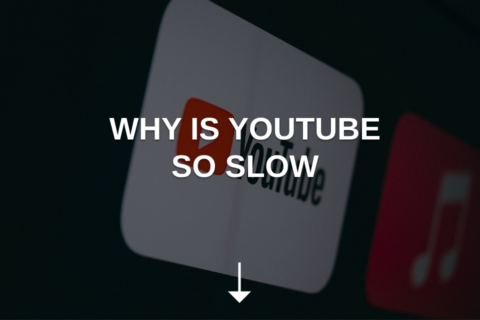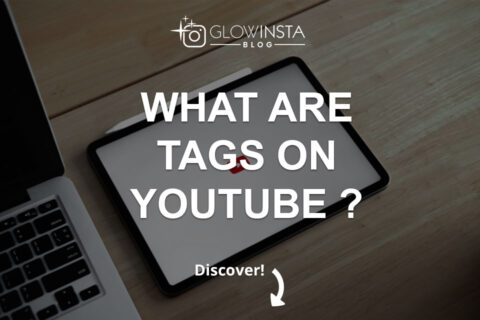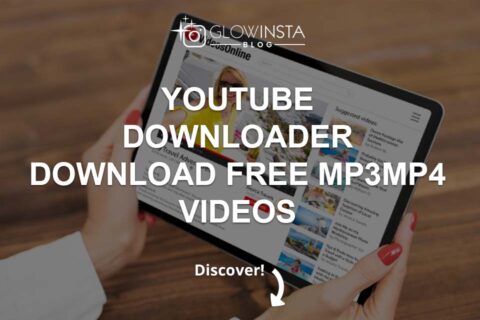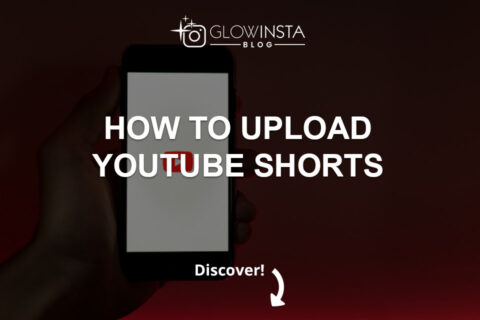Embark on a journey into the nuanced world of YouTube, where creators navigate the delicate balance between creative expression and public feedback. In this exploration, we unravel the mysteries of How to Turn Off Likes and Dislikes on YouTube, revealing not only the practical steps to manipulate these metrics but also the profound impact on creators and viewers alike. Join us as we delve into the intricate dynamics of YouTube engagement, shedding light on the strategic decisions creators make to shape the narrative surrounding their content.
You can have a more popular YouTube channel with our YouTube views service !
Steps to Turn Off Likes and Dislikes on Your YouTube Channel
Managing the visibility of likes and dislikes on your YouTube channel involves a few straightforward steps. Follow these steps on How to Turn Off Likes and Dislikes on YouTube:
- Access Your YouTube Studio: To begin the process, navigate to YouTube Studio, your central hub for channel management.
- Select the Video Manager: Within YouTube Studio, locate and select the Video Manager tab. This section houses the list of your uploaded videos.
- Choose the Video to Modify: Identify the specific video for which you want to adjust the visibility of likes and dislikes. Click on the video to enter its detailed settings.
- Navigate to Video Details: Within the video settings, find the “Advanced Settings” tab. Here, you’ll discover various options related to your video’s visibility and engagement.
- Modify the Likes and Dislikes Visibility: Scroll down to the “Likes and Dislikes” section. Toggle the options to set your preferences – choose to show both, hide both, or display only likes or dislikes.
- Save Changes: After configuring your preferences, save the changes to ensure the updated settings are applied to your video.
What Happens When You Hide YouTube Likes and Dislikes?
Hiding likes and dislikes on YouTube can have implications for both creators and viewers. While it allows creators to manage their content’s perceived reception, it also alters the viewer experience:
- Reduced Public Visibility: When creators choose to hide likes and dislikes, the public is shielded from the granular details of engagement metrics. While this shields creators from potential judgment, it can also impact viewer trust, as transparency is a key element of audience trust-building on the platform.
- Impact on Algorithmic Recommendations: YouTube’s algorithm heavily relies on engagement metrics to recommend videos to users. When likes and dislikes are hidden, the algorithm may face challenges in accurately gauging the audience’s response, potentially affecting video recommendations. Creators need to weigh the impact on discoverability against their desire to control public perceptions.
- Creator Perspective: This feature not only grants creators control over their content’s perceived reception but also introduces a layer of detachment. Creators might find it easier to experiment with content or navigate criticism, but it can also limit opportunities for constructive feedback that aids in content improvement.
What Causes Dislikes in Your Video Content?
Understanding the factors that contribute to dislikes in your video content is essential for creators aiming to refine their approach:
- Controversial Topics: Videos addressing controversial or polarizing subjects may attract dislikes as viewers express varying opinions. While this might be unavoidable for certain content, creators should anticipate potential backlash and navigate it strategically.
- Quality and Relevance: Dislikes may stem from issues related to video quality, relevance, or unmet viewer expectations. Creators should conduct regular evaluations to ensure their content aligns with audience expectations and maintains high production standards.
- Engagement with Audience: Beyond content quality, maintaining open communication with the audience is crucial. Establishing platforms for feedback, responding to comments, and addressing concerns can mitigate dislikes, transforming them into opportunities for constructive dialogue and community-building.
Conclusion: Mastering YouTube Likes and Dislikes
In the vast landscape of online content, YouTube creators continually seek avenues to enhance their creative expression and audience engagement. This exploration of How to Turn Off Likes and Dislikes on YouTube leads us to the realm of likes and dislikes, where the ability to manage these metrics emerges as a valuable tool in a creator’s arsenal. By unraveling the steps to toggle likes and dislikes visibility, we empower creators to sculpt the narrative surrounding their content. Whether it’s the desire for more control, a strategic approach to feedback, or a quest for a nuanced viewer experience, the decision to modify these metrics reflects the dynamic relationship between creators and their audience. As you navigate the YouTube Studio, consider the impact of your choices on content perception, and embark on a journey of refined customization, where the creator’s vision harmonizes with viewer engagement. For those looking to quickly boost their channel’s visibility and credibility, strategies to Buy YouTube Likes can be a part of this exploration, enhancing how content is perceived by new viewers.
Will Turning Off Likes and Dislikes Impact My Video’s Visibility in Search Results?
Yes, turning off likes and dislikes can impact your video’s visibility in search results. YouTube’s algorithm considers engagement metrics as a crucial factor in ranking videos. Hiding likes and dislikes may affect the algorithm’s ability to accurately assess viewer engagement, potentially influencing the video’s position in search results and recommendations.
Can I Disable Likes and Dislikes For Live Streams on YouTube?
Disabling likes and dislikes for live streams on YouTube is currently not a feature offered by the platform. This functionality is only available for regular video uploads.
Are There Any Potential Drawbacks to Turning Off Likes and Dislikes For My Content?
While turning off likes and dislikes may shield your content from potential negativity, it comes with drawbacks. Disabling this feature can limit valuable viewer feedback, making it challenging to gauge audience reactions and preferences. Additionally, visible engagement metrics contribute to the algorithm’s understanding of your content’s popularity.




No comments to show.